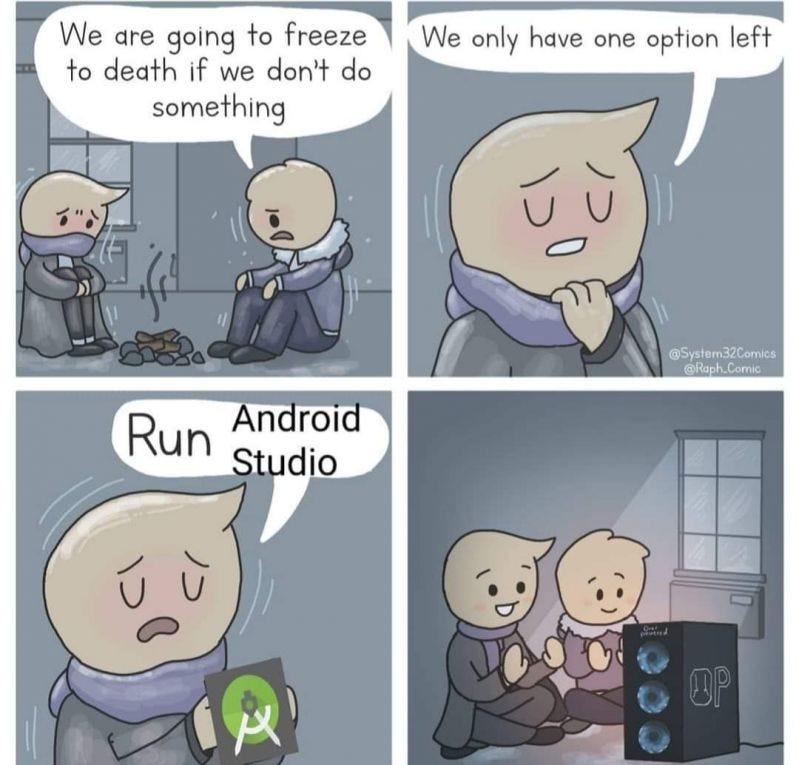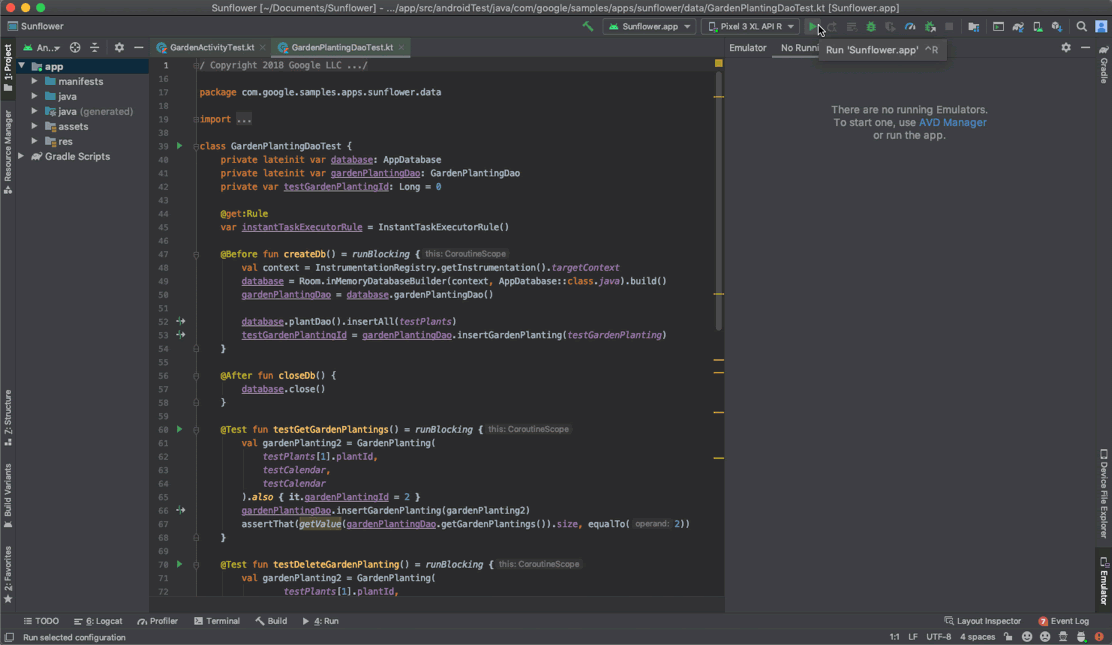

- Android emulator internal storage path mac how to#
- Android emulator internal storage path mac android#
- Android emulator internal storage path mac simulator#
We’re going to remedy this problem by deleting more files! Head over to Library/Developer/Xcode/DerivedData. My storyboards turned black, and Xcode showed a vague error. If you were to open Xcode now, you might find some problems. Mine take up less than 500 MB now! Between these two maneuvers, I’ve saved over 100 GB of space!

You’ll find a much shorter list of simulators in the Devices folder now. Even better, we can purge them all it once through the Terminal. I have no easy way of knowing which ones are new and which ones are old.įortunately, Xcode tracks which simulators are no longer in use for your current Xcode version. To make things more complicated, their names are all lengthy strings of seemingly random letters and numbers. I’ve got hundreds of old simulators in here, and they take up about 35 GB of space combined. Go to Library/Developer/CoreSimulator/Devices.
Android emulator internal storage path mac simulator#
The other major storage hog in the Xcode environment is all of the old simulator data. Even if you accidentally delete the support files for your favorite development device, Xcode will download the appropriate symbol files for that device again the next time you plug it in. You can safely delete everything in the folder for the other iOS versions. Keep the folders for the iOS versions you still care about. This folder is about 95 GB for me, and it contains symbol files dating back to iOS 6! This is more than a little unnecessary. Navigate to Library/Developer/Xcode/iOS DeviceSupport. Let’s start by dealing with our build-up of Xcode files.
Android emulator internal storage path mac android#
Feel free to look around and see if you have any other massive file hoards, but we’ll be focusing on the Android and Developer folders. As a mobile developer, Xcode and Android Studio are going to be the primary targets for the purge. That will show you how much space each item takes up.


Go ahead and click it.įrom here, you can right click any of the folders inside and click Get Info. Holding down the option key reveals the Library folder.
Android emulator internal storage path mac how to#
Just in case you’ve forgotten how to get there, open up a Finder window, hold down the option key, and click on the Go menu at the top. If you’re a developer, you’re probably accustomed to opening the Library folder every once in a while. Apple hid it for a reason, so be careful! Navigating the Library Folder Be advised that these files reside in the infamous Library folder. First, we have to identify what these files are, and then we need to figure out a safe way to dispose of them. Unlike pictures and music, it’s not so obvious how to clean them up. If you’ve been developing mobile apps for a few years on the same computer, I suspect you also have a glut of these opaque system files on your machine. It takes up over 300 GB of my 500GB hard drive! If I go to the About This Mac menu, and click on the Storage tab, the primary culprit is the System type. I don’t keep any music on my computer, and I have relatively few pictures. My 5 year old MacBook recently started complaining about not having enough space.


 0 kommentar(er)
0 kommentar(er)
